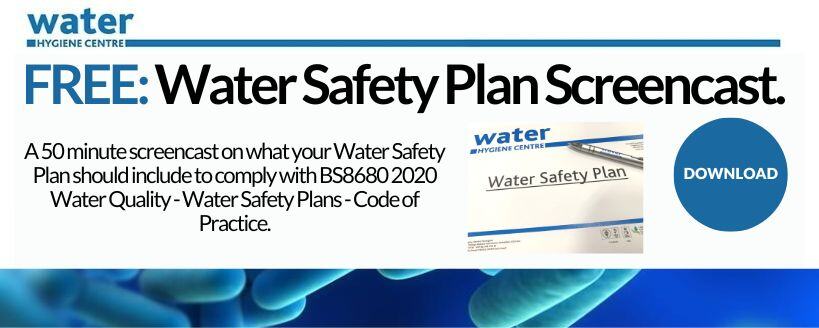What are the implications for healthcare clients from the ‘NHS Estates Technical Bulletin 2024/3’ issued August 2024?
Objective of NETB
- To enhance existing guidance set out in HTM 04-01 safe water in Healthcare premises, to address risks from nontuberculous mycobacteria (NTM) and other waterborne pathogens; and
- To identify specific measures required for new hospital premises and major refurbishments for those patients at most significant risk of healthcare-associated infections.
NETB Content
NETB identifies high-risk patient groups and provides recommendations on how to protect them using a precautionary approach. It outlines who should be involved in the project's design, construction, and delivery, the skills and competence needed, and how to ensure all potential hazards and risks are considered.
What actions do we need to take?
- Current Water Safety Plans need to be reviewed and updated to capture all guidance within NHS Estates Technical Bulletin 2024/3
- Form Projects Water Safety Group (If not in place already)
Improved Governance – Projects Water Safety Group
 The Board of each healthcare organisation is responsible for ensuring effective governance is in place to deliver a safe building for its intended population. For each project, there should be a clear and identifiable project duty holder with the required competence to take responsibility for the safety of the whole building. This can be achieved, for example, by the Board appointing an Executive Director/Senior Responsible Owner (SRO) for the project with support from the healthcare organisation’s Authorising Engineer (Water)/specialist adviser/subject matter expert.
The Board of each healthcare organisation is responsible for ensuring effective governance is in place to deliver a safe building for its intended population. For each project, there should be a clear and identifiable project duty holder with the required competence to take responsibility for the safety of the whole building. This can be achieved, for example, by the Board appointing an Executive Director/Senior Responsible Owner (SRO) for the project with support from the healthcare organisation’s Authorising Engineer (Water)/specialist adviser/subject matter expert.- Appropriate governance, accountability, policies, assurance, and oversight should be provided at the Board level by those with the required skills and experience from the inception onwards throughout the whole project.
- Duty holders: The project duty holder should ensure clear targets for expected outcomes are set out at the start of a new build or major refurbishment project. For example, the building should pose no risk of harm to patients from waterborne hazards. This target should remain the project duty holder’s, who should ensure there are clear targets for expected outcomes that are set out at the start of a new build or major refurbishment project, i.e., that the building poses no risk of harm to patients from waterborne hazards. This should remain the primary focus throughout all stages of the project.
- Project Water Safety Group: This group should be formally appointed and led by the project duty holder (Executive Director/SRO). It should include appropriate client representatives, architects, the Authorising Engineer (Water)/specialist adviser/subject matter expert, design teams, and those involved in procurement, construction, commissioning, and ongoing operation and maintenance. Additionally, it should include infection prevention and control teams with appropriate experience in identifying and managing infection risks caused by the built environment.
The PWSG should regularly report to and brief the healthcare organisation’s WSG. This PWSG should be empowered and given the time and resources to ensure the project delivers a safe building for the intended at-risk patient group. The Trust board is ultimately responsible for safe delivery of patient care.
Summary of main recommendations
 The key to bringing about effective change is to ensure that all potential hazards and risks to high-risk patient groups that could cause harm are identified and evaluated at the concept stage of a hospital development or upgrade project before the design brief has even been developed. Potential hazards and risks that could adversely impact the project may be identified by referencing the existing risk register maintained by the healthcare organisation and/or Water Safety Group (WSG).
The key to bringing about effective change is to ensure that all potential hazards and risks to high-risk patient groups that could cause harm are identified and evaluated at the concept stage of a hospital development or upgrade project before the design brief has even been developed. Potential hazards and risks that could adversely impact the project may be identified by referencing the existing risk register maintained by the healthcare organisation and/or Water Safety Group (WSG).
This allows for the implementation of appropriate mitigations from the earliest point in the project. These should then be reviewed and amended as necessary throughout each stage of the project to ensure all water, wastewater systems, and associated equipment are delivered so that they will cause no harm to at-risk patients.
Feel free to reach out if you have any questions about the issues mentioned above or if you would like to consult with one of our experts on water hygiene.
Editors Note: The information provided in this blog is correct at the date of original publication - February 2025.
© Water Hygiene Centre 2025









